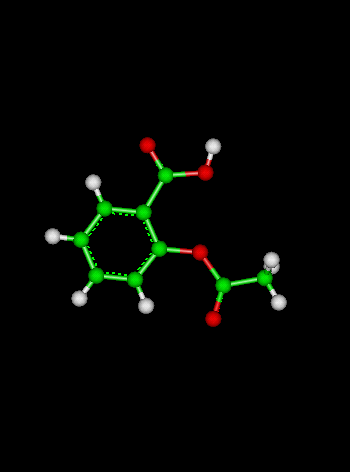
HOME
Course Chapters
Calculator Fundamentals
Mathematics Review
Basic Concepts
Advanced Concepts
Section Tests
Pre-test
Post-test
Useful Materials
Glossary
Online Calculators
Redox Calculator
Kinetics Arrhenius Calculator
Thermodynamics Calculator
Nuclear Decay Calculator
Linear Least Squares Regression
Newton's Method Equation Solver
Compressibility Calculator
Units Conversion Calculator
Nomenclature Calculator
Related Information Links
Texas Instruments Calculators
Casio Calculators
Sharp Calculators
Hewlett Packard Calculators
Credits
Credits
Contact Webmaster
|
Problem 1 Solution
What are the results of the following calculations?
- a.
- 4 + 5 * 10 -3^2
- b.
- (1+24/3)^2
- c.
- (-2)^2
- d.
- -2^2
(a) 45 (b) 81 (c) 4 (d) -4
Solution Steps for Part (a):
The key: What is the order of operations?
Answer:
- Scan the expression to be evaluated and note that there are no
parentheses that need to be evaluated first. There is, however, an
exponentiation, 3^2, which can be read "3 to the power 2" or
"3 squared". Evaluate this and replace 3^2 by 9. The expression is now:
4 + 5 * 10 - 9
- Scan the expression and note any multiplications or divisions, and evaluate
those pairwise operations, replacing the expression with the result. There is
only one, 5 * 10, which we evaluate and replace with 50. The expression is
now: 4 + 50 - 9
- Scanning the expression now, we see we only have additions and subtractions
left, which we can evaluate left to right. 4 + 50 gives 54, and subtracting 9
we get 45. The answer is 45.
Note: If you had evaluated the expression "left to right" to begin
with, you would have gotten 4 + 5 is 9, times 10 is 90, minus 3 is 87,
squared is 7569! Not even close to the accepted answer of 45.
Solution Steps for Part (b):
The key: What is the order of operations?
Answer:
- Scan the expression and note there are parentheses, the "insides" of which must be evaluated first. Within these parentheses, there is a division which
must be performed first. Replacing 24/3 by 8, we now have:
(1+8)^2
- We still have the parentheses, so we perform the addition inside the
parentheses next, replacing 1 + 8 with 9. Our expression is now: (9)^2 or
simply 9^2
- This expression can be read as "nine squared" or "nine raised to the
power two" so the answer is 81.
Solution Steps for Part (c):
The key: What is the order of operations?
Answer:
- Scan the expression and note there are parentheses, the "insides"
of which must be evaluated first. So it is "minus 2" which must be raised to the power 2.
- Evaluating the expression, we get 4. Remember, a negative times a negative gives a positive, so any negative number multiplied by itself gives a
positive result.
Solution Steps for Part (d):
The key: What is the order of operations?
Answer:
Scanning the expression, we note there are no parentheses to indicate
that the minus "goes with" the 2, so the first operation is "2 raised to
the power 2" or "2 squared" which is 4. Replacing 2^2 by 4, the
answer is -4.
Note: it is a very common mistake to confuse the expressions
in problems 1 (c) and 1 (d) as being the same. The parentheses make a
big difference.
Try another problem like this one.
Next Try It Out Problem.
|

 Shodor
Shodor